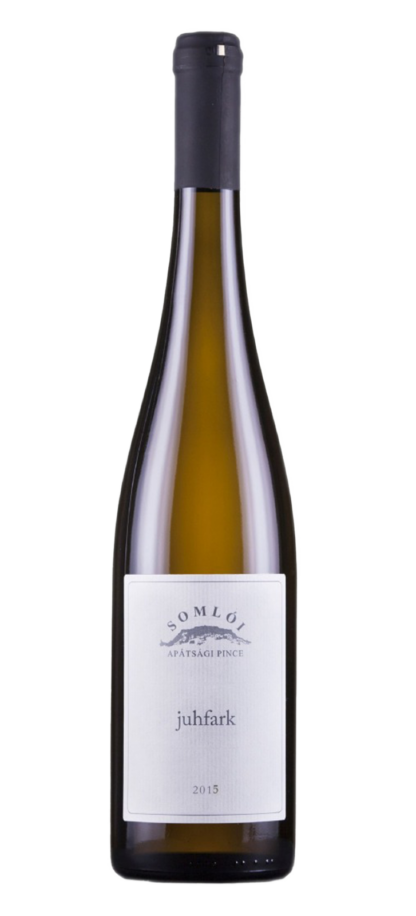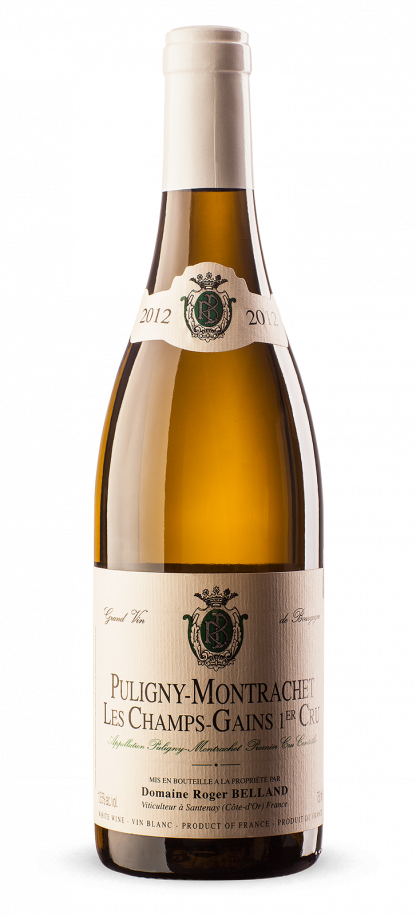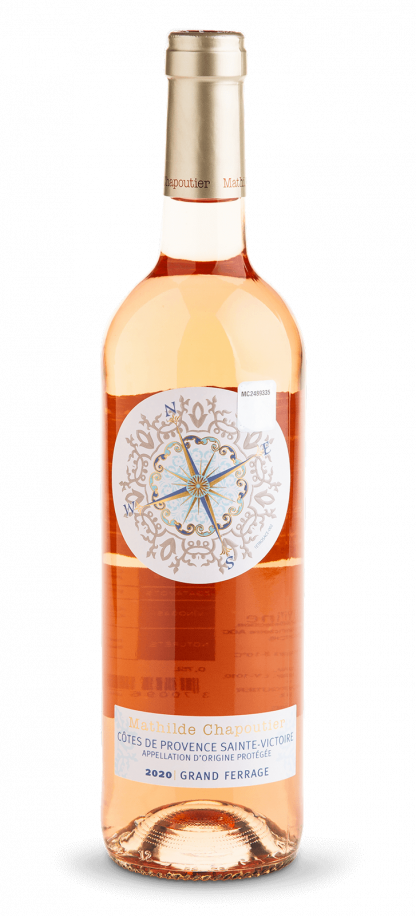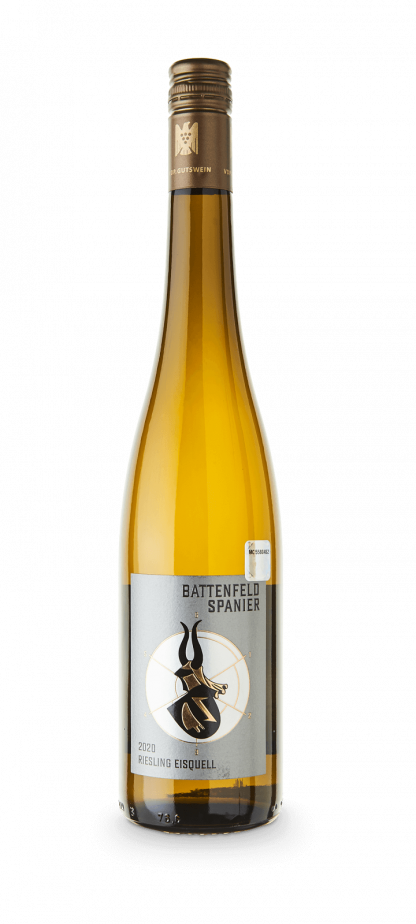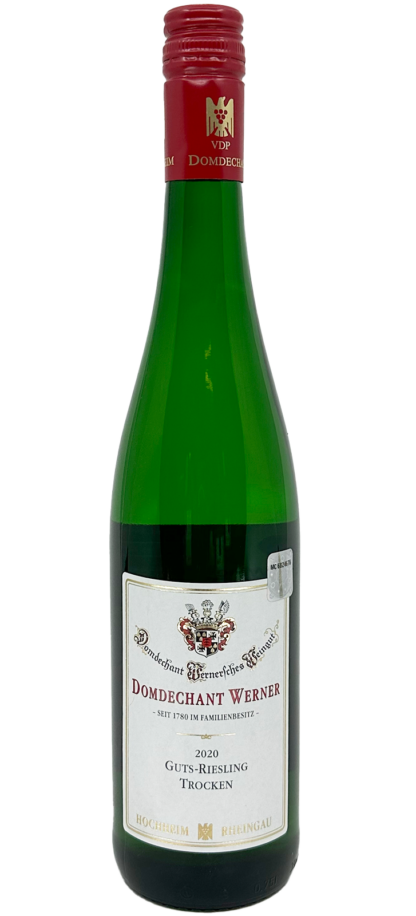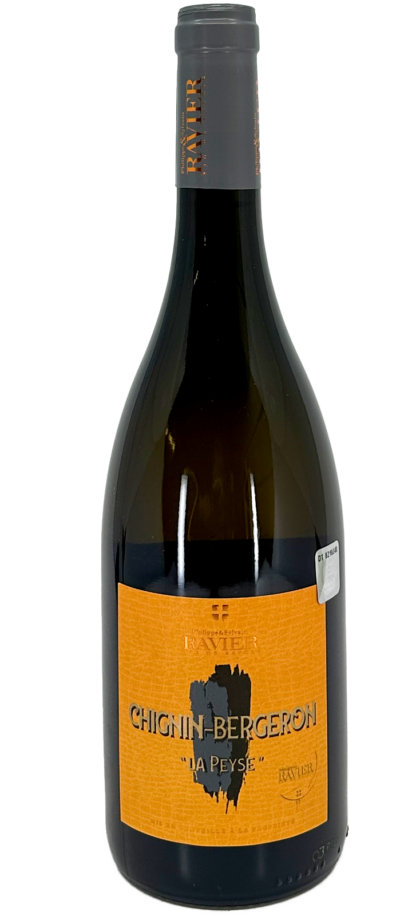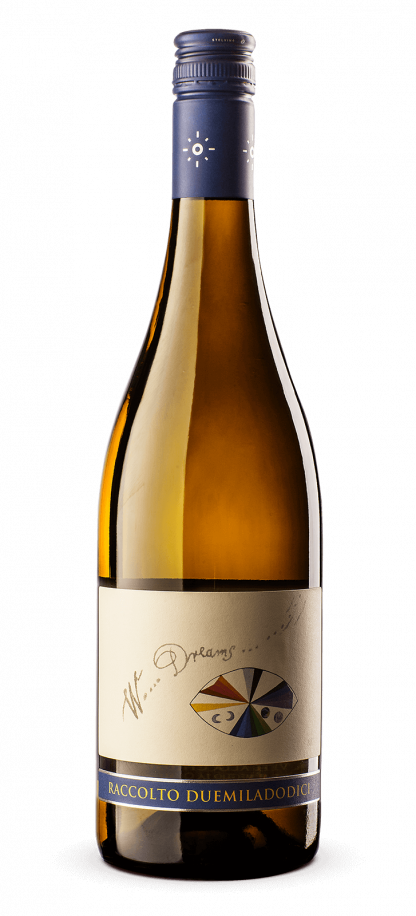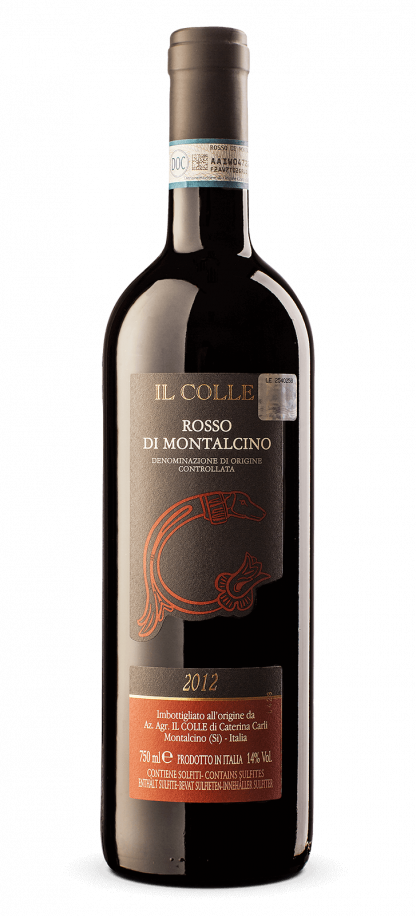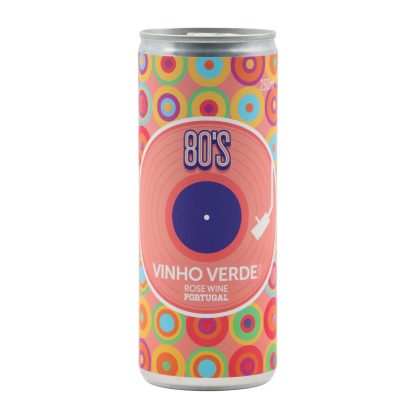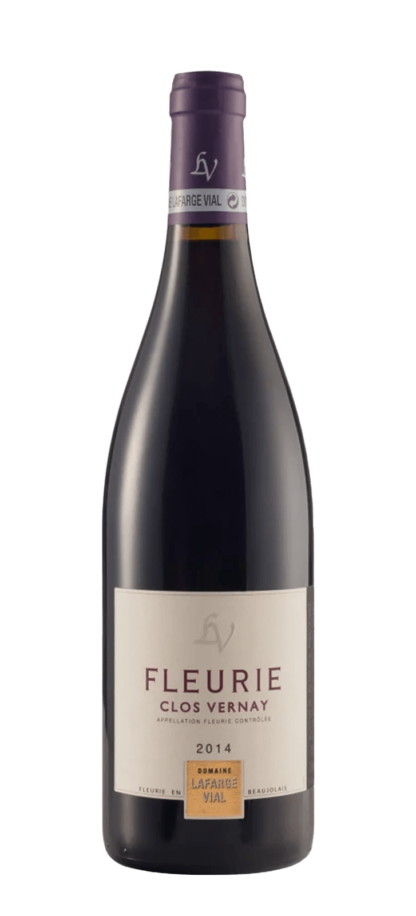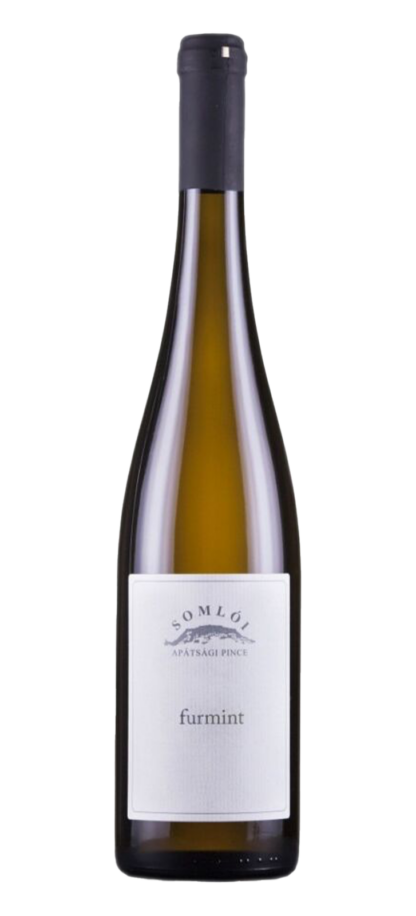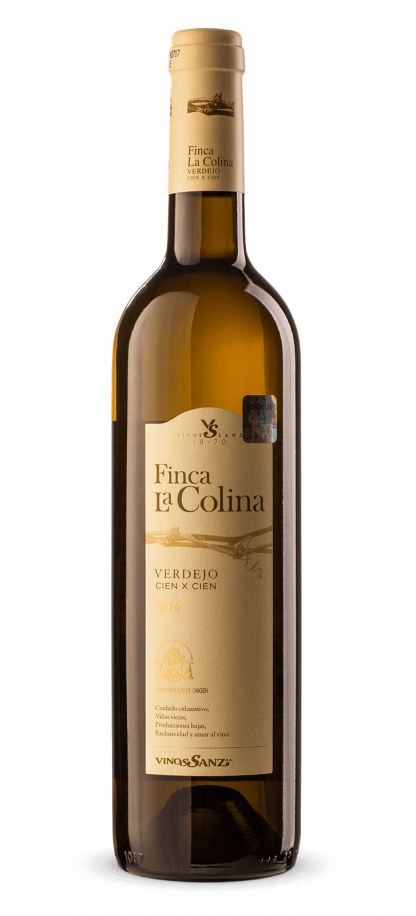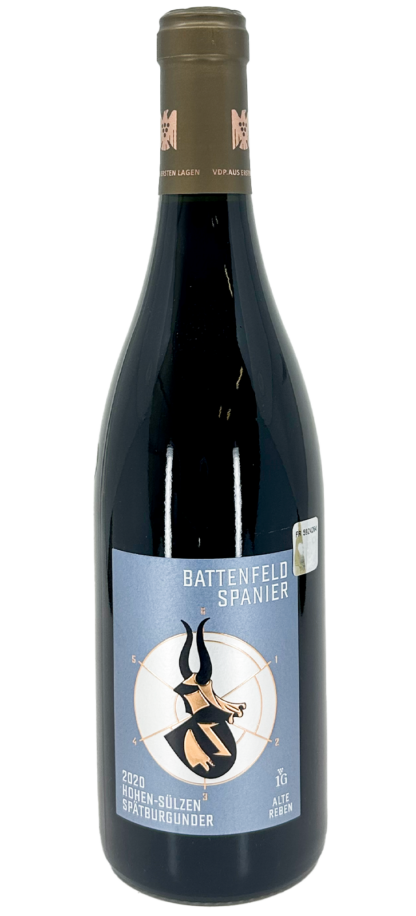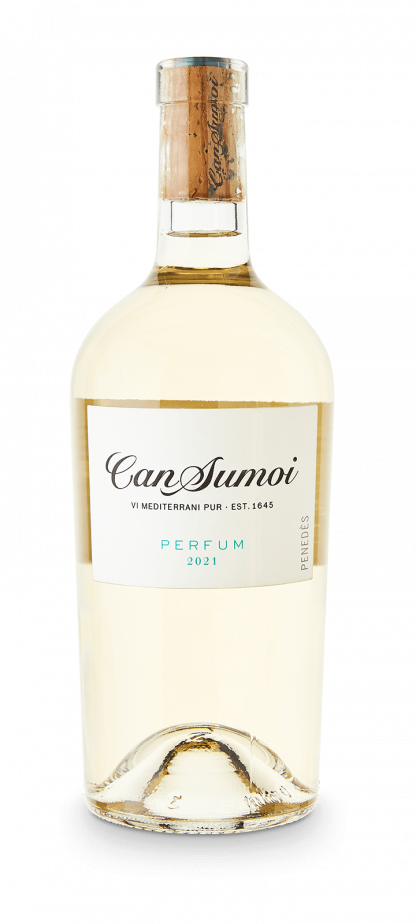Ponte da Barca Vinho Verde 2021
Ponte da Barca Grande Escolha Branco atklāj dzīvīgu citrusaugļu buķeti, zaļo ābolu un ziedu notis, ko papildina tropu augļu nokrāsas un mineralitātes pieskāriens. Pēc garšas tas piedāvā kraukšķīgu skābumu un vieglu, atsvaidzinošu ķermeni ar citrona miziņas, persiku garšu un smalku sāļu nokrāsu, kas rada tīru, uzmundrinošu pēcgaršu. Šis vīns tiek izcelts ar savu eleganci, līdzsvaru un atsvaidzinošajām īpašībām, kas raksturīgas augstas kvalitātes Vinho Verde.
Ponte da Barca Grande Escolha Branco lieliski sader ar jūras velšu ēdieniem, piemēram, ceviche, grilētām zivīm vai garneļu salātiem, kur tā skābums un augļainums uzlabo maigo garšu. Tas arī papildina vieglas uzkodas, svaigus sierus un Vidusjūras salātus, nodrošinot atsvaidzinošu kontrastu un paaugstinot kopējo maltītes pieredzi ar savu dinamisko un kraukšķīgo raksturu.
Noliktavā 43 prece/-es








